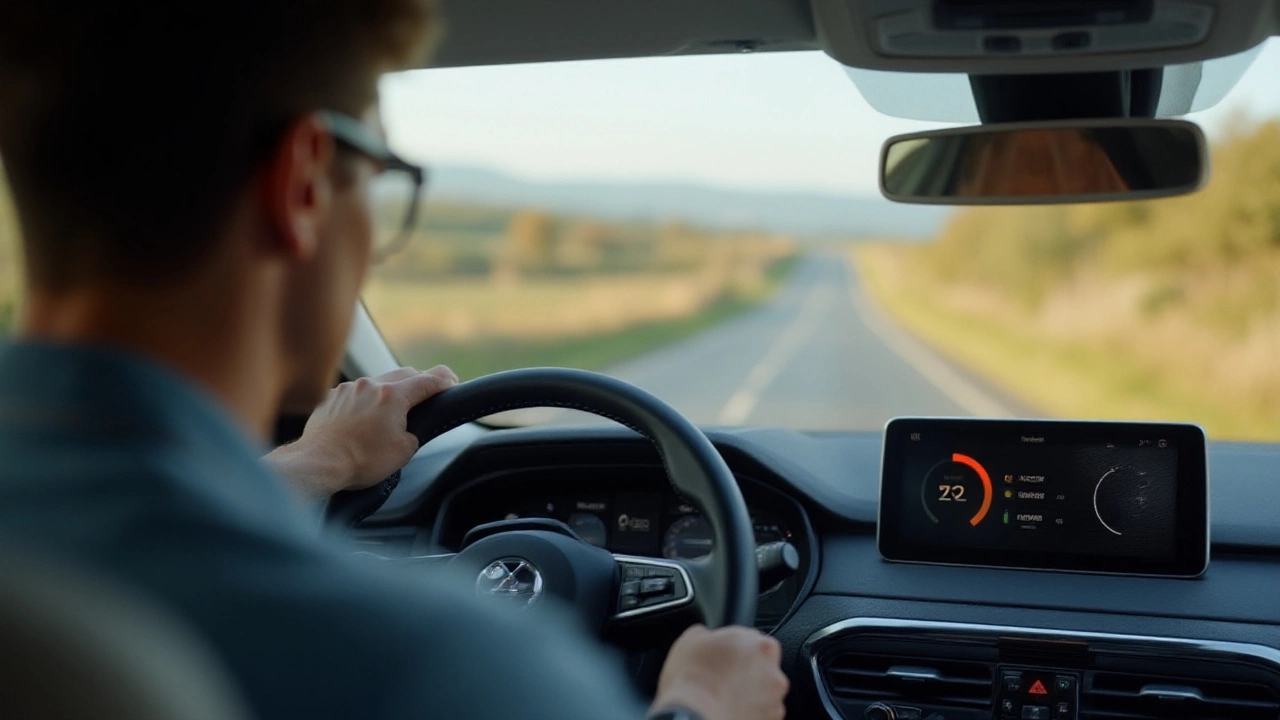Driving Rating Explained – How It Works and How to Improve It
Ever wonder why some drivers get lower insurance premiums or why fleet managers keep talking about "rating"? It’s all about your driving rating – a number that tells insurers, employers, and even you how safe you are on the road. In this guide we’ll break down what the rating actually measures, why it matters for everyday drivers and HGV operators, and give you practical tips you can start using today.
What Is a Driving Rating?
A driving rating is basically a score that reflects your habits behind the wheel. Different companies use different models – some rely on telematics devices attached to your car, others pull data from your mobile app or the DVLA. The score usually ranges from 0 to 100, where higher numbers mean smoother, safer driving. It’s not a test you pass or fail; it’s a continuous read‑out that updates every time you drive.
For HGV drivers, the rating can affect job offers and pay rates. Many logistics firms look at your score before assigning long‑haul routes. For regular motorists, a good rating can shave pounds off your car insurance or qualify you for usage‑based discounts.
How Your Rating Is Calculated
The math behind the score is simple: it adds up good behaviours and subtracts risky ones. Common factors include:
- Speeding: Frequent high‑speed runs knock points off.
- Hard braking & rapid acceleration: Jerky moves signal lack of control.
- Phone use: Any texting or calling while driving drops the score.
- Night driving: Driving after dark without proper lighting can add penalties.
- Mileage: Long, steady trips can boost your rating, while frequent short bursts may not.
Each telematics provider weights these factors slightly differently, but the goal is the same – reward smooth, attentive driving and punish habits that raise crash risk.
Simple Ways to Boost Your Rating Quickly
Now that you know what hurts your score, here are a few no‑nonsense actions that raise it fast:
- Plan routes ahead. Knowing the road means fewer sudden stops and less need to speed.
- Keep a steady speed. Use cruise control on highways when it’s safe – it cuts down on acceleration spikes.
- Brake gently. Try the "coast‑to‑stop" method: lift off the accelerator early and let the car slow down before you press the brake.
- Silence your phone. Put it on Do‑Not‑Disturb or use a hands‑free kit if you must take calls.
- Check your vehicle. Regular tyre pressure checks and brake maintenance keep the car responding predictably, which in turn keeps your rating up.
Most telematics apps let you see a live feed of your score or give weekly summaries. Use that feedback as a personal scoreboard – treat each improvement like a mini‑win.
Finally, remember that consistency beats occasional bursts of perfect driving. Keep these habits on repeat, and you’ll see your rating climb steadily. A higher rating means lower premiums, better job prospects for HGV drivers, and, most importantly, a safer ride for you and everyone else on the road.
- August 2 2025
- 0 Comments
- Rowan Cavendish
Is a Driving Score of 72 Good? What Your Driver Rating Really Means
Wondering if a driving score of 72 is good? Learn what your driving score means, how it's calculated, and top tips to improve your rating and road safety.
- Driving Lessons (41)
- HGV Training (31)
- Driving Test Tips (31)
- Driving Test Booking (26)
- Driving Licence Renewal (23)
- Driving Theory Test (21)
- Pass Plus Course (15)
- Driving Tips (15)
- Intensive Driving Course (15)
- Driver Licensing (14)
Categories
- December 2025 (12)
- November 2025 (13)
- October 2025 (21)
- September 2025 (5)
- August 2025 (8)
- July 2025 (30)
- June 2025 (30)
- May 2025 (30)
- April 2025 (31)
- March 2025 (30)
- February 2025 (28)
- January 2025 (34)
Archives
- driving lessons
- driving test
- driving tips
- intensive driving course
- driving test tips
- HGV training
- learn to drive
- driving theory test
- driver training
- driving test booking
- pass driving test
- HGV driving
- road safety
- driving license renewal
- Virginia driving test
- learner drivers
- safe driving
- Virginia driver's license
- driving license
- learning to drive

